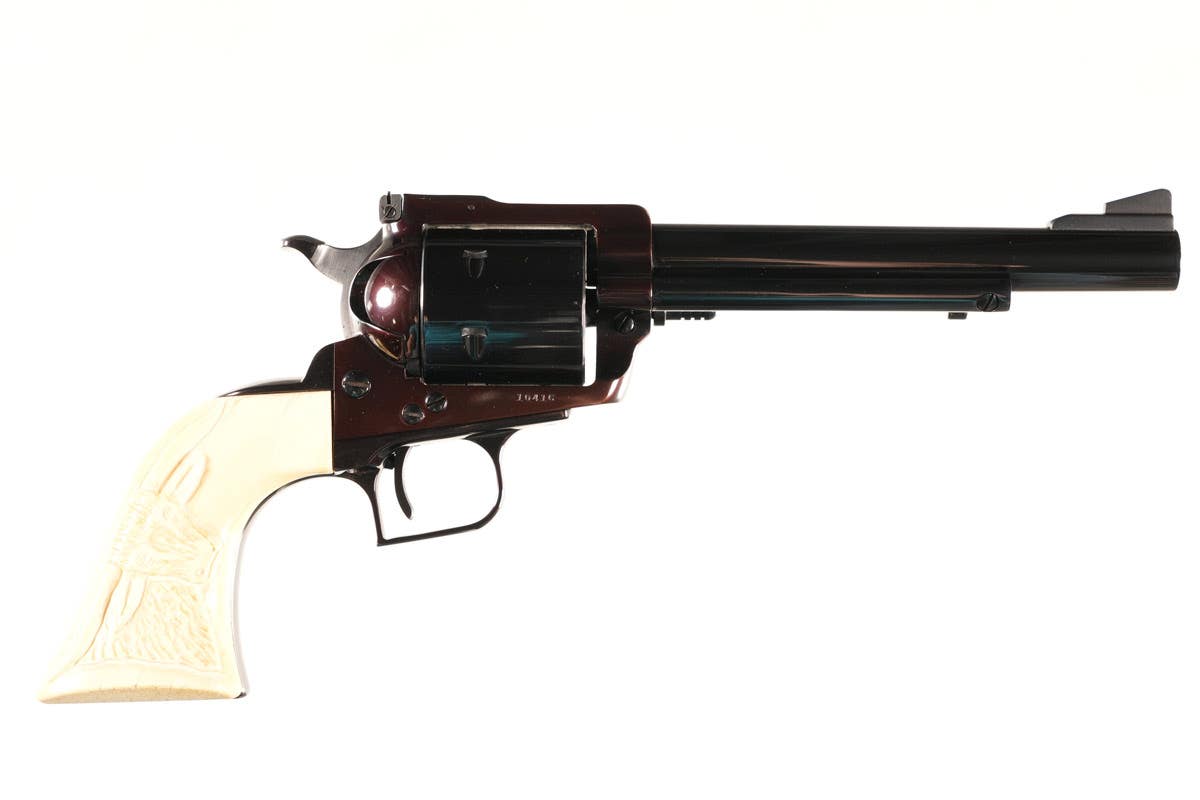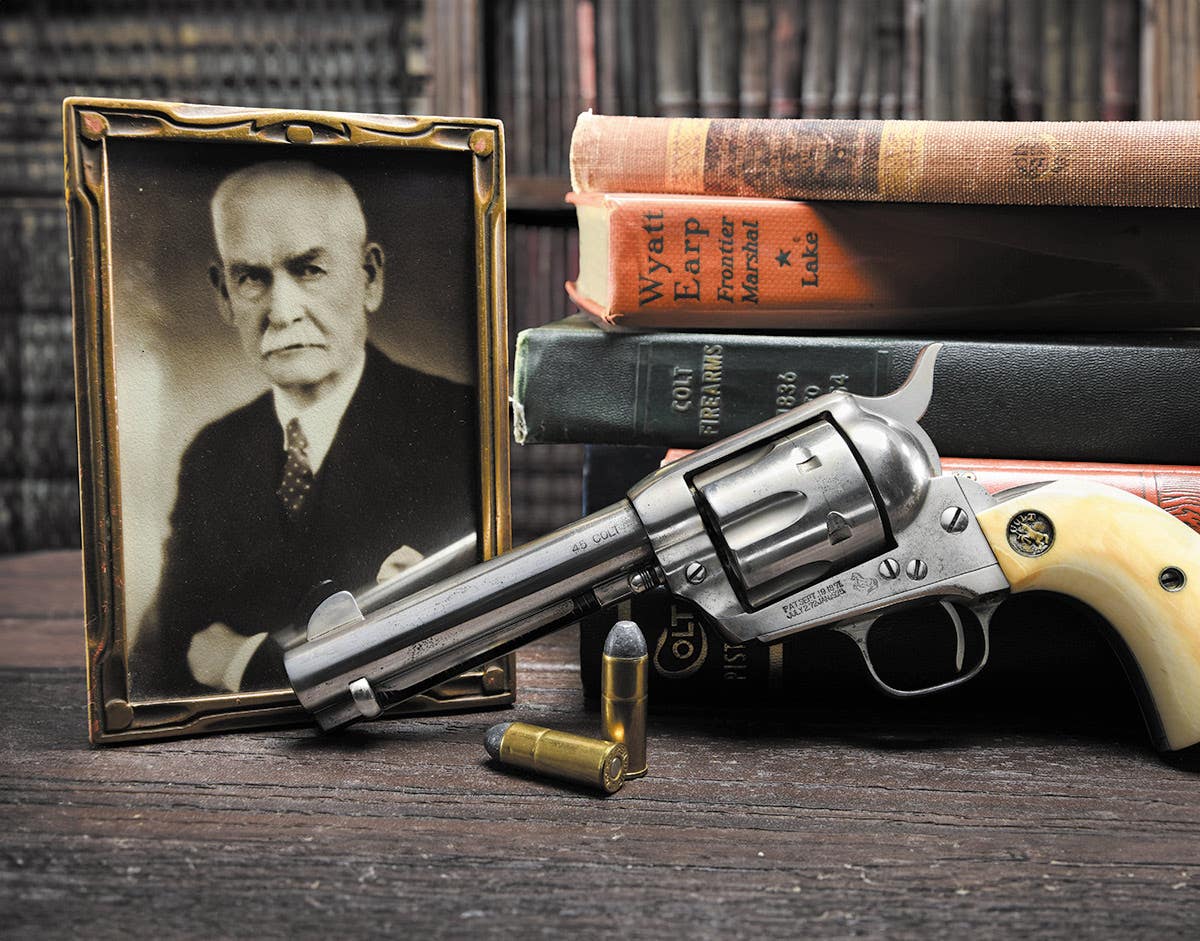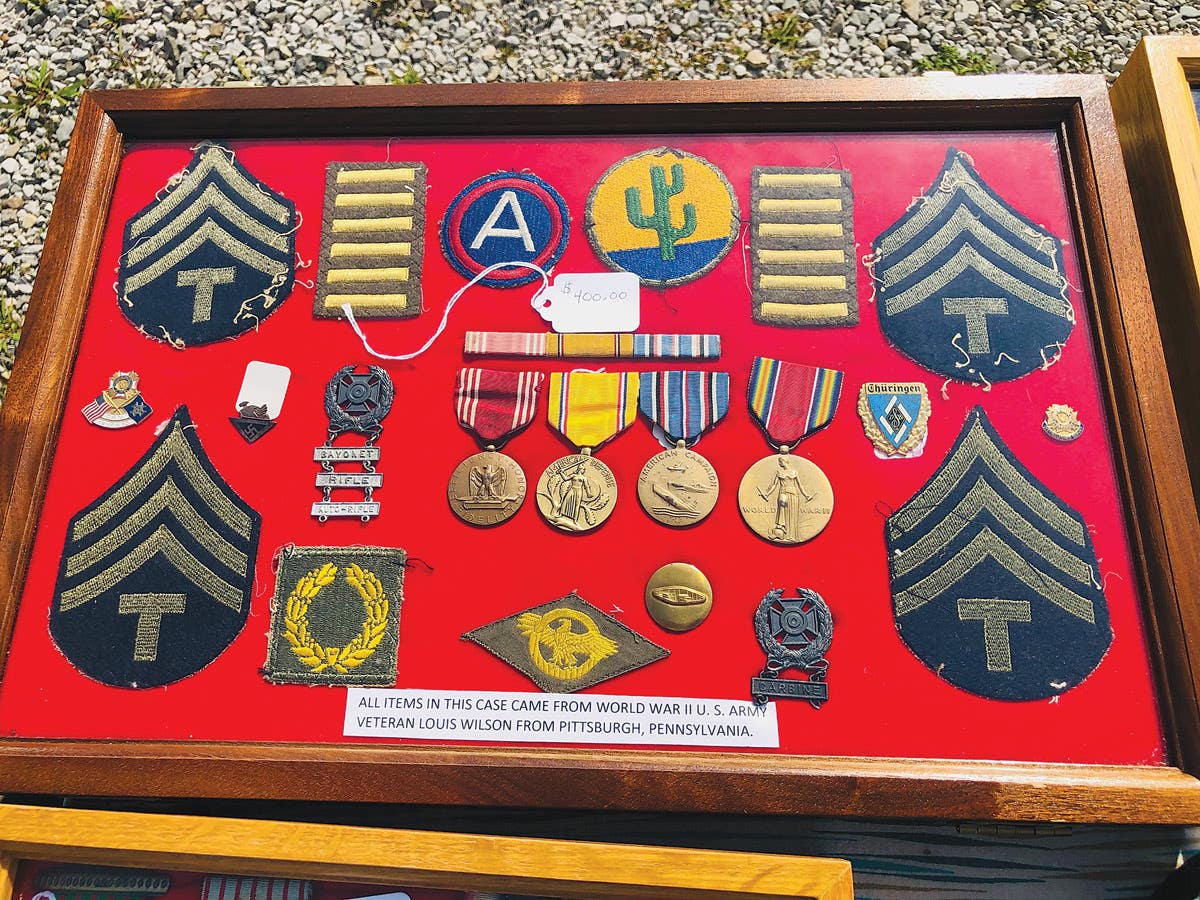Books in Brief Spring 2025 Edition: A trio of worthwhile military reads
Books in Brief Spring 2025 Edition: A trio of worthwhile military reads.
The Spange For The Iron Cross. Class 2 By Dietrich Maerz, B&D Publishing, LLC, Richmond, MI, 2020, Hardback, 265 pages, $105, Orders from regular@ironcross1939.com
Author/collector/publisher Dietrich Maerz’s knowledge of the famed German Iron Cross, or IC, precedes him, for it is impressively broad and deep. Which brings us to a complementary work covering the Spange. Like every collectable relating to the crosses, this “add-on” piece for the Imperial WWI IC 2nd Class is a worthy substrate. It is, though, an award rarely subject to close scrutiny. Sure, there are photos and inconclusive chats, but little accurate documentation or published material. Maerz set himself the large task of putting things straight.
At root, the Spange was a clever, convenient way to further identify and honor WWI combat vets — IC 2nd recipients now serving in Hitler’s Wehrmacht. The little silver device, made by some 20 firms like Deschler and the official medals office LDO, mates the Nazi eagle/swastika national emblem (Hoheitszeichen) with a “1939” scroll. Sharp pins or prongs on the Spange's back let it be affixed to a recipient’s Imperial medal ribbon. Hanging from a tunic button, the ribbon then was tucked diagonally into the tunic’s placket and visible from the front. (On naval officer tunics, folded onto the lapel.) The cross itself typically was sent home for safekeeping.
Maerz dives deep through multiple levels, exploring with intelligence and insight the Spanges’ whats, whys and hows. And there are a great many: the history, award protocols, numbers, distribution, disparate makers’ marks, variants; plus lots more. He moves along at a steady, workmanlike pace, but allows us to take a detour or two without losing the thread or the signposts. Organizationally and in layout terms it’s tops.
Image wise, as normal for works from this author-owned publishing house, the color photography is outstanding. The Spange, plus accessories like certificates, packets, boxes, tiny versions adorning ribbon bars, stick pins, period advertisements, etc. are well-arranged and captured in different views. Even minuscule details like eagles’ beaks, wingtips, hallmarks and the like are rendered crisply. As valuable are the period color and monochrome in-wear pictures, store fronts of outlets selling Spange, and on. The whole is pleasing.
For its part, the author’s learned text and captions are interesting and easily digested. The technically minded will appreciate Maerz’s understanding of gram weights, metallurgy and other scientific indicators.
Militaria forum posters rave that Maerz, a modest researcher but a dogged one, includes a good amount of data not previously unearthed. I’m out of my depth on the arcana, but can easily believe it.
Those wary of fakes, meanwhile, will notice key manufacturing tells for genuine examples down to the level of a single leaf and “wing hatching.” (Maerz is ever-alert to fraudsters and readily “outs” their phonies.)
But all will benefit, whether “newbie,” mid-level or advanced collector, militaria generalist, historian, archivist, seasoned researcher or professional museum curator.
This book shows the author was very clearly up to the challenge of shedding light on this deserving topic. Indeed, the entire production and the book’s solid “build quality” is first class.
Has he filled the Spange void? You bet — in spades!
Life & Death On The Eastern Front, Rare Color Photographs From the Second World War, Ian Spring and Anthony Tucker-Jones, Greenhill Books, 2022, Hardback, 288 pages, 250-plus Photos, Orders from greenhillbooks.com
Ian Spring is a long-time collector and student of original color photographic slides from the 1930s-1950s, and a popular contributor to militaria and historic websites. For two decades, Spring’s spare time has been largely devoted to seeking out and rescuing the images, some civilian but most military-themed. Irish-born, he spends a lot of time in Munich and lesser-known continental destinations.
He owns some 35,000 images, many taken by allied and axis (largely German) photographers, the majority on German Agfa or American Kodacolor film. Spring not only acquires the slides but is especially adroit in handling them — not only painstakingly cleaning, preserving and stabilizing, but scanning and digitally optimizing them, too. Oh, and archiving them, too, a mammoth job in its own right.
Many (mostly 35mm) are in top condition when found thanks to prior owners’ careful storage; others need greater or lesser restoration work. This, he advises, can be tedious and very time-consuming. Don’t try this at home!
Then there’s the detective work. Where original captions are missing — which is often — Spring consults reference books and maps and other photos old and new. When stymied he’ll ask forum members to chime in with place names, regions, cities, towns; warship designations, tanks, troop deployment areas and so on.
This particular collection deals with Germany’s ambitious, well thought-out but doomed military operations in Soviet Russia. (In a later book, Spring covers the desert war, too.)
There’s much for uniform, equipment, insignia, vehicle and aviation enthusiasts to appreciate; there are rarities and variations aplenty.
But others will value the book as well. I mean historians military and otherwise, geographers, cartographers. climate modelers; even earth scientists who trace topographical, soil and crop yields over time.
The slides are also a valuable documentary record of cities and towns, landscapes and waterways — literally, the whole “lay of the land.”) This book is important on several levels.
Nor do Spring and Tucker-Jones spare us the human dimension. More than a few images depict the abject horror of war: it’s abject cruelty, desolation, refugees, dead people and animals, disappeared city blocks, vast areas torched. Namely, the whole ugly panoply of what generals today call “collateral damage.” Unavoidably, the book offers life lessons both graphic and subtle.
Where available, taglines are included; the whats, wheres and whens allowing us to place the pictures in context. The book therefore is not just a picture album, but the fruit of careful investigative work. I’m confident the wartime photojournalists whose work is displayed here would agree.
The Memel Medal By Antonio Scapini, B&D Publishing, LLC, Richmond, MI, 2013, Hardback,180 pages, $40. Orders from regular@ironcross1939.com
The Memel Medal is another reference book out of the Maerz publishing stable, written by collector / researcher Antonio Scapini. Both he and Maerz are experts on German military medals — both the famous, or, as in this case, “not so much.”
This work concerns itself with the Memel Medal, which to some is of little importance; but which when you read up on it you’ll understand how wrong they are. In fact, there’s a lot of historical and geopolitical interest in this 160 page examination — some relevant to the present day concerning national borders and their pre-and-postwar “adjustments.” Memel was a small but mightily contested place. The back story is well-rendered and informative.
On the medals themselves, remarkable, obscure lore comes to light — which, like the history is sure to surprise readers.
This slim volume bristles with outstanding text and captions and excellent, high quality color and black / white imagery. Scapini depicts standard, scarce and rare variations, along with award certificates, manufacturer’s breakdowns and “tells.”
In all, this is a terrific and informative guide for collectors, historians, archivists, museum curators, documentarians and medallic art students.
Observes the plain-spoken Maerz, “… author Antonio Scapini presents not only all known original variations of this fairly rare medal, but also shows all the known fakes.
“The history of the medal as well as the packages and the documents are also part of this important book. 159 pages with over 500 pictures and photographs, most in color.”
With this book, the Memel Medal is no longer overlooked, and assumes its rightful place in collector circles. A fine add to your book shelves.
Looking for more military book reviews? Here are a few more for your reading enjoyment.







